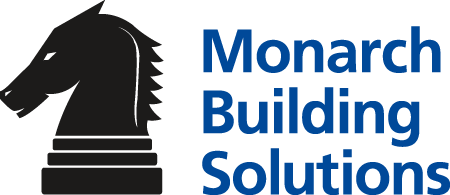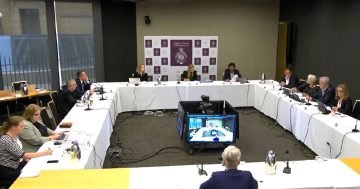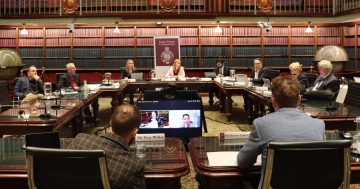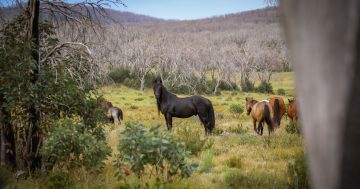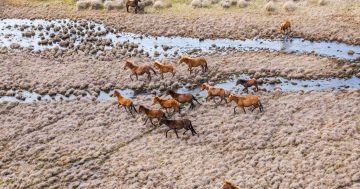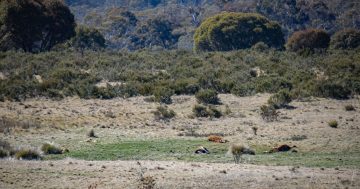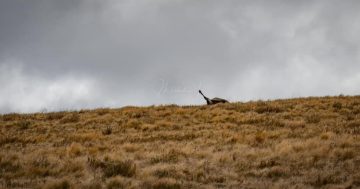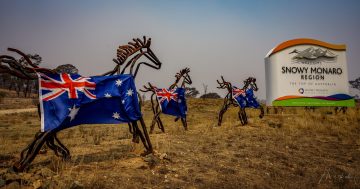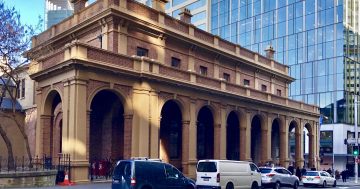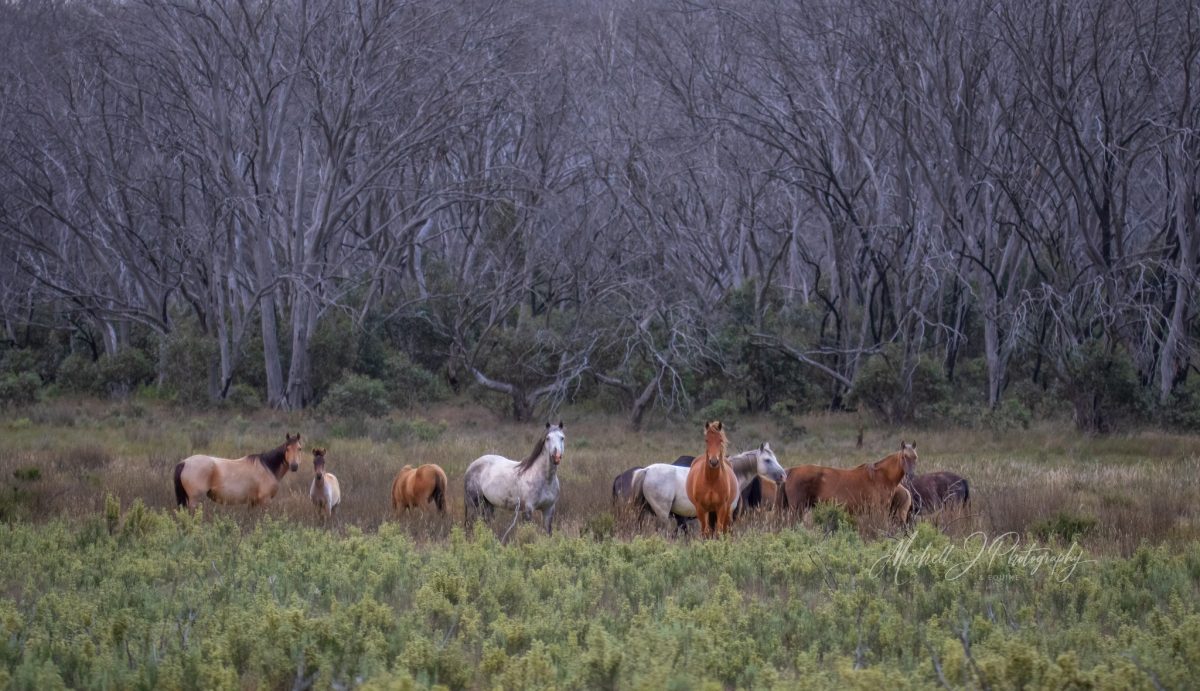
Critics have accused the NSW Government of manipulating findings from a Senate inquiry into the aerial shooting of wild horses in Kosciuszko National Park to justify the practice, while supporters argue it is necessary for environmental protection. Photo: Michelle Brown.
The NSW Government’s response to a Senate inquiry into the aerial shooting of wild horses, or brumbies, in Kosciuszko National Park (KNP) has ignited controversy, drawing sharp criticism from inquiry chair Emma Hurst, legal experts and conservation advocates.
Ms Hurst has again accused the government of hijacking the inquiry’s findings with the assistance of the Shooters, Fishers and Farmers Party.
The Upper House inquiry was launched in August 2023, shortly after the government sought public feedback on a proposal to reintroduce aerial shooting as a culling method for managing wild horse populations in the park. The practice was formally adopted in October 2023.
The inquiry committee proceeded with five public hearings between December 2023 and July 2024, examining population count methodologies, threats to endangered species in KNP, human safety and animal welfare concerns, alternative population control methods, and the impact of previous aerial shooting operations, which had led to a statewide ban.
Their final report, released in November 2024, made eight findings and six recommendations, including the continuation of aerial shooting and annual horse population counts. It also called for an investigation into the effectiveness of fertility control and reviewing the training of aerial shooters to ensure best practices.
In its response this week, the NSW Government has supported the report’s recommendations, reaffirming its commitment to controlling wild horse populations to protect the park’s fragile ecosystems. It defended aerial culling as a necessary tool, stating that it is carried out in accordance with strict animal welfare guidelines and monitored by independent observers. The response also emphasised the importance of maintaining biodiversity in KNP and mitigating the damage caused by the overpopulation of wild horses.
Ms Hurst claims the final recommendations were manipulated to support the government’s stance, rather than reflecting community concerns and expert testimony.
“This is not the report I had drafted as chair, and it did not reflect the views of the community nor the many experts we heard from in the inquiry hearings,” she said.
Before the final report was “gutted” by Labor and the Shooters, Fishers and Farmers Party, she said it highlighted the huge welfare risks and called for aerial shooting to cease immediately.
“The evidence we heard at the inquiry was damning,” Ms Hurst said.
“The government was shooting brumbies during foaling season, the methodology used to count the number of brumbies was dramatically flawed, and animal welfare experts raised serious concerns about the standard operating procedure, which the government chose to ignore.”
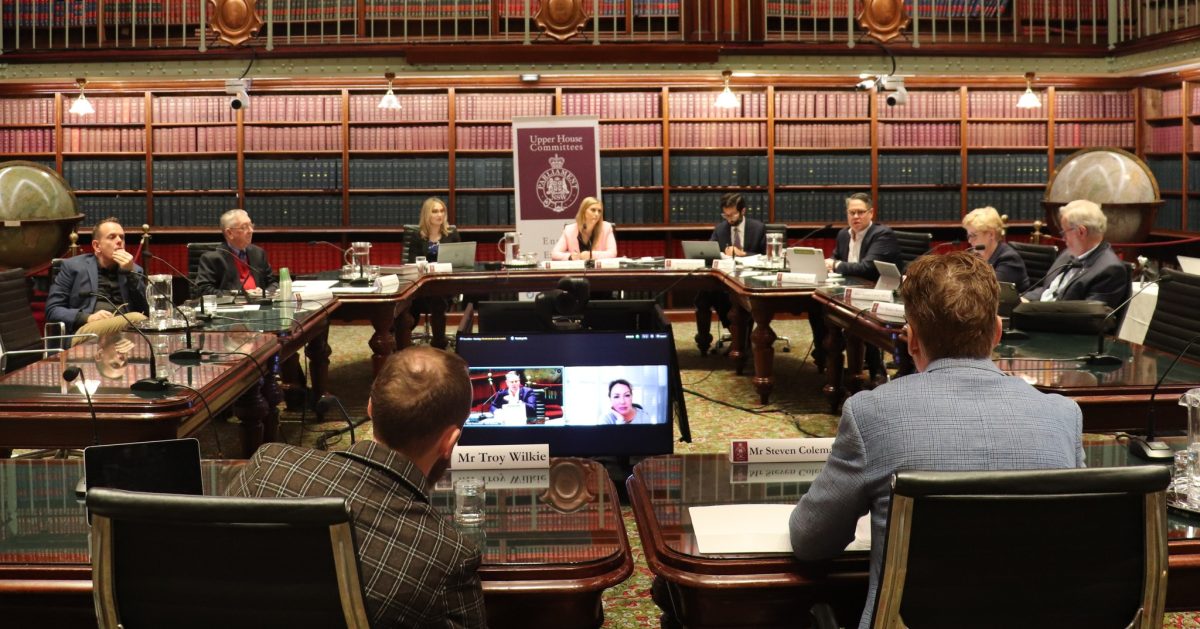
The Upper House inquiry consisted of five public hearings between December 2023 and July 2024. Photo: NSW Parliament.
The government’s endorsement of aerial shooting has also been condemned by Marilyn Nuske, principal lawyer and founder of the Brumby Action Group.
Ms Nuske says the government was failing in its duty to comply with legislation mandating the retention of 3000 sustainably-managed heritage brumbies in four designated zones.
“Aerial shooting was banned for 20 years due to proven cruelty. Since November 2023, $8.2 million has been spent on culling brumbies in retention zones without any clear indication of how many survive,” she said.
She cited veterinary expert Dr Andrea Harvey, who claimed that NPWS standard operating procedures cannot be humane, largely due to the helicopter chase-panic factor, followed by shooting fallen brumbies with up to 15 bullets.
“That’s not supported by national regulator PestSmart and that certainly isn’t humane,” Ms Nuske said.
Warning that large-scale culling could not only wipe out certain heritage brumby bloodlines but also breach existing legislation, Ms Nuske has challenged NSW Environment Minister Penny Sharpe to embrace the precautionary principle, which advocates for taking preventative action when potential harm is uncertain.
“The Minns Government response has failed to address its most basic duty under the Kosciuszko Wild Horse Heritage Act 2018,” Ms Nuske said.
Supporters of the government’s response, including the Invasive Species Council (ISC), have defended aerial culling as a necessary measure to control feral horse populations and protect native ecosystems.
ISC advocacy director Jack Gough welcomed the government’s position, asserting that bipartisan support existed for reducing brumby numbers in the park.
“We expect removals to continue professionally, safely, and humanely by the dedicated national parks staff,” Mr Gough said.
He also called for a repeal of laws that protect feral horses over native wildlife.
The government’s response has also drawn criticism from Wagga-based MLC Wes Fang, who sat on the Upper House committee.
In parliament this week (12 February), he condemned Labor for rejecting the original report’s findings, calling the revised version inadequate and dismissive of the cultural significance of brumbies in Australia.
“The government response is less than adequate and does not acknowledge the iconic status the brumbies have in Australia,” Mr Fang said.
He urged the government to respect the views of brumby advocates and Indigenous communities.
Original Article published by Edwina Mason on About Regional.





